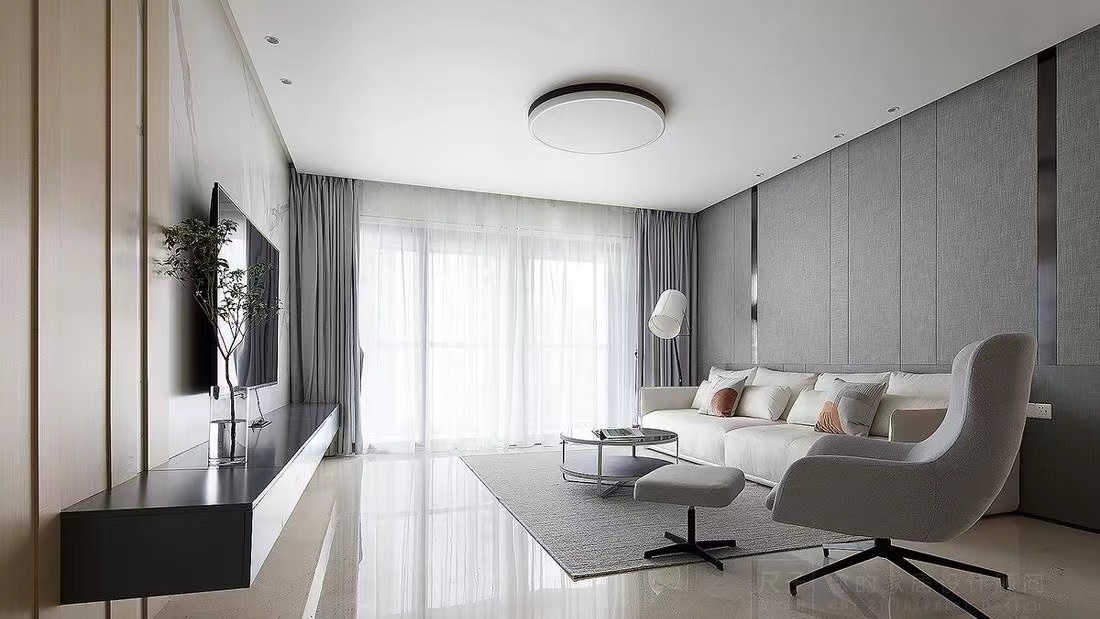Indoor lighting is the basic element to create an ambient atmosphere, but its main function is to provide spatial lighting effects. Therefore, lighting is not only to continue natural light, but to make full use of the combination of light and dark in architectural decoration. The combination of light and shadow creates a comfortable and beautiful lighting environment. As a result, people pay more and more attention to interior lighting design. So, next, we will introduce the principles of indoor lighting design and the purchasing skills of indoor lighting fixtures.
Interior lighting design principles
1. Security principle
The lighting installation site is a frequent place for people to move indoors, so safety protection is the first. This requires that the lighting design is absolutely safe and reliable. Strict safety measures such as anti-electric shock and anti-short circuit must be taken, and construction should be carried out in strict accordance with the specifications to avoid accidents.
2. The principle of rationality
Lighting does not necessarily mean that more is better, and the key is to be scientific and reasonable. Lighting design is to meet people’s visual and aesthetic needs, to maximize the practical value and appreciation value of indoor space, and to achieve the unity of use function and aesthetic function. Gorgeous lighting is not only not icing on the cake, but superfluous, causing power consumption and economic losses, and even causing light pollution and detrimental to the health of the body.
3. Functional principles
The lighting design must meet the functional requirements, choose different lighting methods and lamps according to different spaces and different objects, and ensure proper illumination and brightness. For example, the lighting design of the living room should use vertical lighting, requiring uniform brightness distribution to avoid glare and dark areas; indoor displays generally use strong light to emphasize its image. Its brightness is 3-5 times higher than that of general lighting, and color light is often used to improve the artistic appeal of furnishings.
4. The principle of aesthetics
Lamps not only play a role in ensuring lighting, but also have become an indispensable decoration in indoor space because of their particular attention to shape, material, color and proportion. Through the rhythmic control of the light and shade, looming, intensity, etc. of the light, various means such as transmission, reflection and refraction are used to create artistic atmospheres of different styles, adding a variety of interests to people’s living environment. 
Indoor lighting purchase skills
1. To determine the illuminance
Different places such as living room, bedroom, study, entrance hall, kitchen, corridor, balcony, bathroom, etc., adopt different and more suitable illumination.
2. Reasonable lighting
Different spaces, shapes and decoration styles choose different lighting styles.
3. Pay special attention to the color of the lamp itself and the color of the light
Different colors reflect different personalities, taste habits and express different feelings, which will cause people to reflect different emotions, so as to improve work, study efficiency and quality of life.


